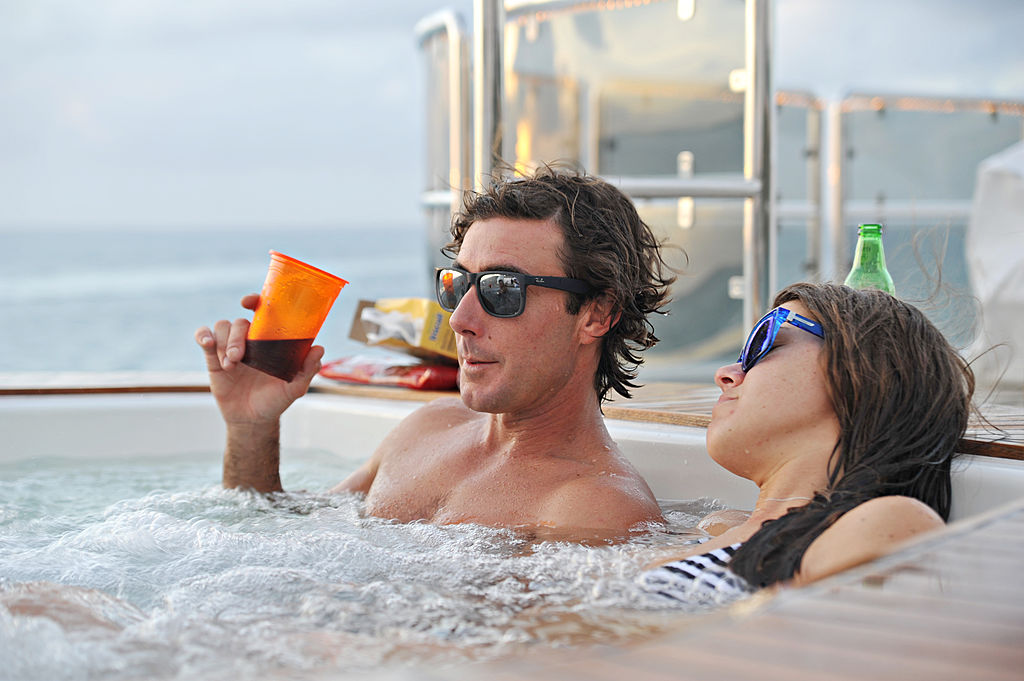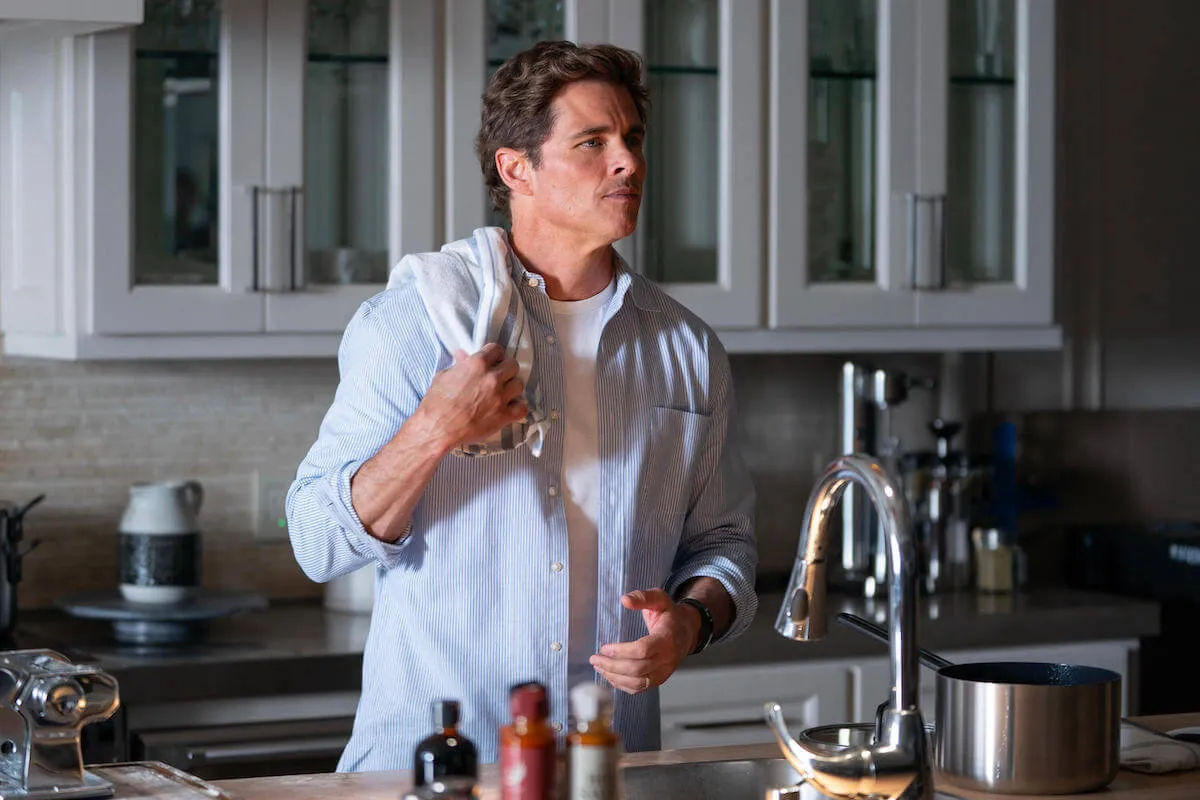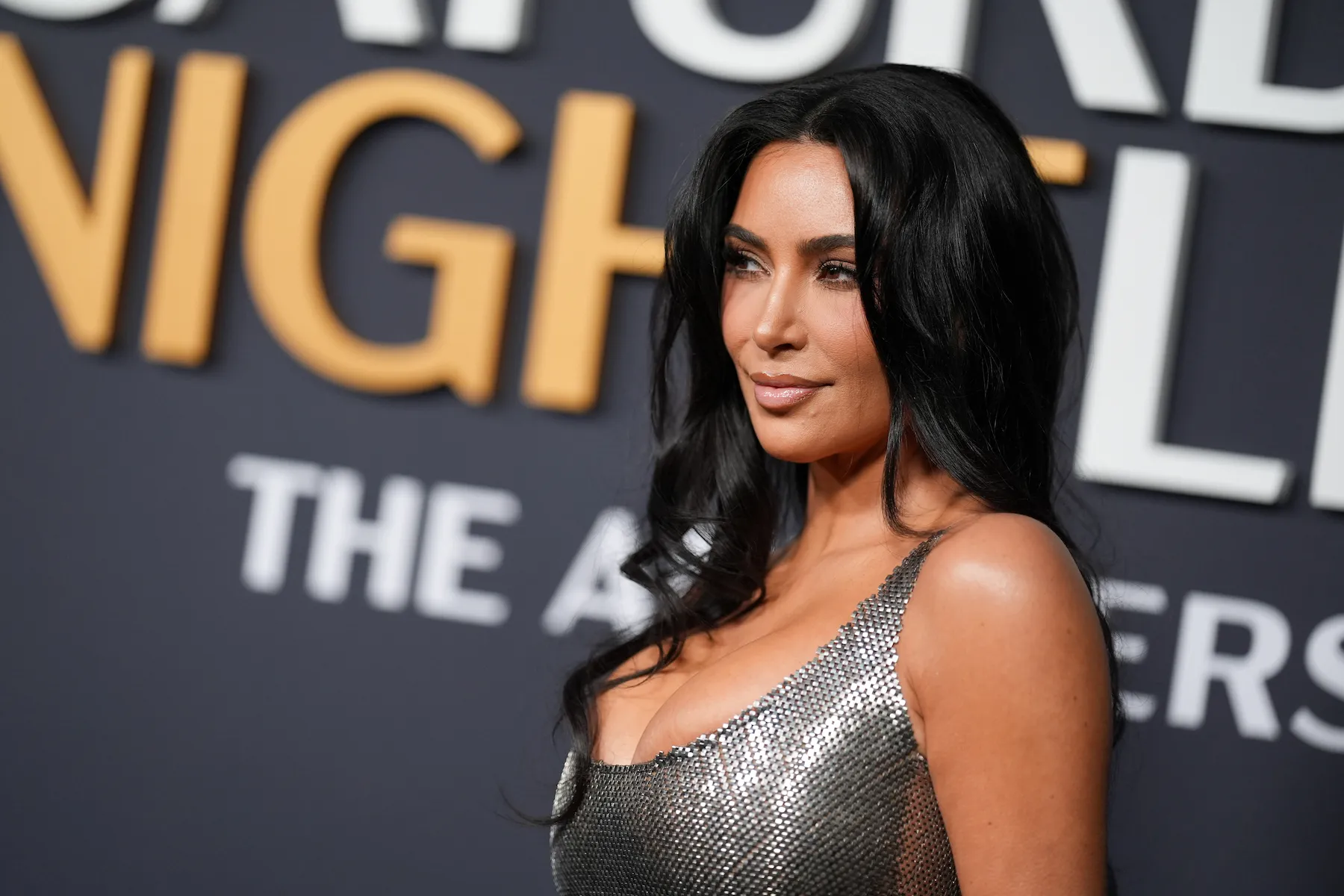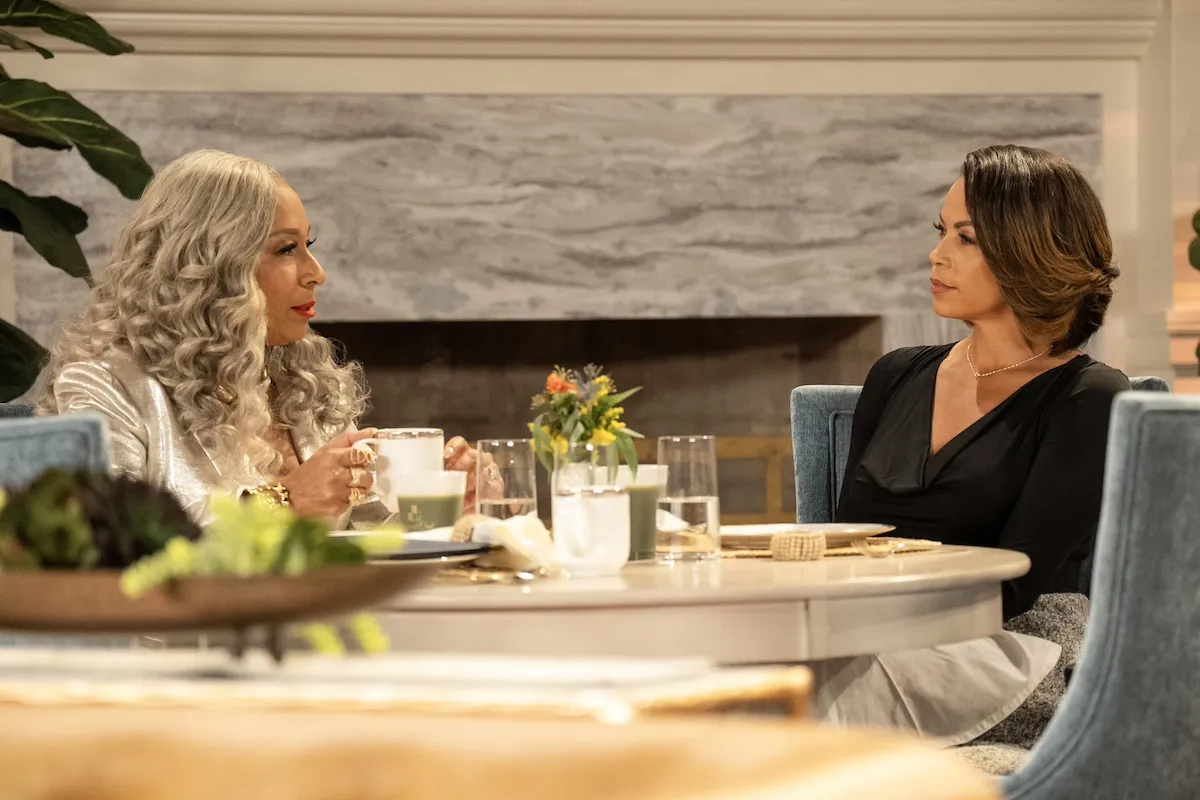‘Below Deck’: This is the Biggest Way the Series Has Changed In the Last 7 Seasons
Below Deck producer Courtland Cox shared that the show began as a glimpse inside the world of yachting. But as Below Deck created groundswell, viewers (and producers) wanted more from the nautical docudrama, which prompted a significant number of changes.
For instance, the romantic interlude between bosun Eddie Lucas and third stew Raquel “Rocky” Dakota inspired producers to install cameras in the laundry room. Lucas and Dakota had a secret affair with most of the action going down behind closed doors in the laundry room. Audio picked up the action, but production realized they were missing some amazing footage without cameras.

Also, unlike other reality shows like the Real Housewives, Below Deck crew members work almost around the clock. That means that some of the biggest drama occurs in the wee hours at night. Cox told Bravo’s The Daily Dish about how the show has changed over the last 100 episodes and how the show will continue to evolve.
Viewers are treated to a ‘bigger’ and ‘better’ show
Season 1 seemed to tease the drama more than delve deeply into it. But over the past few years, viewers are becoming more immersed in what really goes on below deck and can’t get enough.
“We had a very small filming and production crew in Season 1,” Cox told The Daily Dish. He also shared that production didn’t really know what the scope of the show was going to be. “We very quickly realized the yachties that are working on these boats, they’re not going to bed at 10 o’clock; they’re going to bed at 2 o’clock in the morning. When our cameras pulled out of there at 10 p.m., there was still four hours’ worth of magic and mayhem and all that was happening.”
That’s when Cox realized more filming opportunities were needed. “We very quickly realized we have to actually bring in more crews and film longer. Going from, like, an 11-hour filming day to now what is essentially a 19 or 20-hour filming day, that’s one of the bigger changes.”
Producers now capture ‘125%’ more footage
As a result, Cox estimates that viewers now have a better opportunity to see more footage. “We have surveillance cameras we didn’t have before. We have handheld cameras,” he said. “So production-wise, we’re capturing, I think, 125 percent more footage than we did in the first three seasons on Below Deck.”
This also means that producers are leaning into any nuances within the crew, especially after being taken by surprise during Below Deck Mediterranean season 2. Producer Nadine Rajabi told the BravoCon audience that she was shocked to learn that chef Adam Glick and deckhand Malia White knew each other before filming began. Glick and White decided not to tell producers they had a romantic exchange prior to filming, which got messy during the season.
Rajabi confronted White about knowing Glick, but White insisted they hadn’t met before the show. “So I didn’t trust her, so I put a camera up in the bridge, which is where they do their anchor watch,” she said. “The reason there’s a camera now in the bridge is actually because of that one season. So we put a GoPro before I left the boat, and we planted a mic, and we see Malia and Wes [kiss]. I was like, ‘I knew it!’ I was so disappointed in Malia for not telling me the truth.”
The show continues to evolve and change
Cox shared he continues to learn and grow with the show. “We’re always learning, and for me, it’s very important. I never want to assume that the way we did things last season is the right way to do things,” he shared.
“I know that the audience, the Bravo audience, especially, the Below Deck audience, they’re a very savvy audience,” he continued. “They want things to be different, and so for us, it’s about, are we capturing things that are compelling, and what are the things that we didn’t capture last time that the audience wants to see, and how can we capture that?”
“It’s always trying to stay one step ahead and anticipate what the audience wants to see, but still keeping with the authenticity of that world,” Cox added. “It’s a fine balance of not interfering in what’s happening but capturing things in a way that’s compelling and keeps the audience engaged. So, that’s our challenge, and I actually love the challenge. I love being able to have to stay ahead of it. I love not being able to rest on the laurels of how we did things in the past.”


